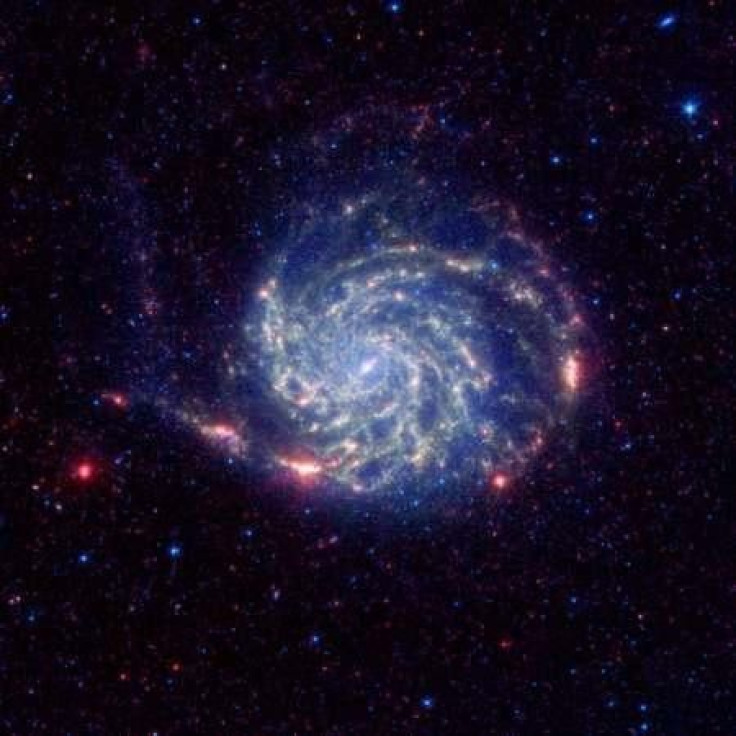Alien Life Can Be Found: Scientists Say Stinky Chemicals Can be Strong Signs (Watch Video)
Stinky Chemicals are Key to Find Alien Life in Oxygen Free Exoplanets

Scientists say alien life could be sniffed out; they have found that alien organisms pump stinky chemicals into their home planets' skies that mask their existence. Shawn Domagal-Goldman, a scientist at NASA's Goddard Space Flight Center in Greenbelt, Maryland, and other researchers, are looking for signs of life in the atmosphere of planets that are farther away from Earth.
Domagal-Goldman said that he often jokes on the search for alien life, pointing that a telescope may not have all the answers. "Maybe you want to smell for life on other planets."
A strong indication of alien life would be the presence of both oxygen and methane in an exoplanet's skies. Domagal-Goldman explained that both methane and oxygen destroy each other and when they exist together, it points towards a third party who is responsible in bringing in the methane in an oxygen-rich environment. He said that the most probable explanation of this third party would be the presence of alien life. This is an indicating factor towards life in these exoplanets, he added.
Though this would be a sign of existence of alien life, it may not be the best approach to finding life. Domagal-Goldman stated that to get a deeper understanding of life in exoplanets, it is important to understand the Earth's biological history. This can help in detecting the signs of life on other planets.
While in the beginning of life on Earth, believed to be 3.7 billion years ago, organisms such as cyanobacteria generated oxygen. However, it was not until 2.3 billion years ago that oxygen began accumulating in the Earth's atmosphere, explained Tim Lyons of the University of California-Riverside. He also participated in the NASA panel discussion held last month. The oxygen-methane strategy would not serve the purpose of detecting alien life, because Lyons stated that it would not detect life on the early, "Archaean" Earth. Researchers said it may give negative results when applied to exoplanets as well.
To search for life in oxygen-free environments, he looked into organisms that thrive in such environments and found something unique. He said that Archaean life probably released some pretty stinky stuff into the ancient planet's air, such as sulfur-methyl gases. The stinky chemicals get oxidized in modern-day Earth's environment and so they cannot be detected. If one studied the Archaean or any other planet without oxygen and they had life making these gases, which he stated that they clearly do and he has detected them himself, "then they might have built up enough for us to see with a telescope from far away."
Scientists with this new knowledge have proposed looking for other signs of life or biosignatures. Industrial pollutants such as cholorfluorocarbons could also serve as indicators to advanced alien civilizations.
Lyons even pointed that this is just an assumption that alien life would be similar to life on Earth. He stated that they hope that the chemical principles they know of are universal. "Life today is about the flow of electrons amongst bacteria, simple, single-celled organisms. And so if you had a sense for the chemistry on that alien planet that you're inferring from an atmosphere, you could start to envision reactions that could lead to that chemistry that could be a source of energy."
Watch the video here.






